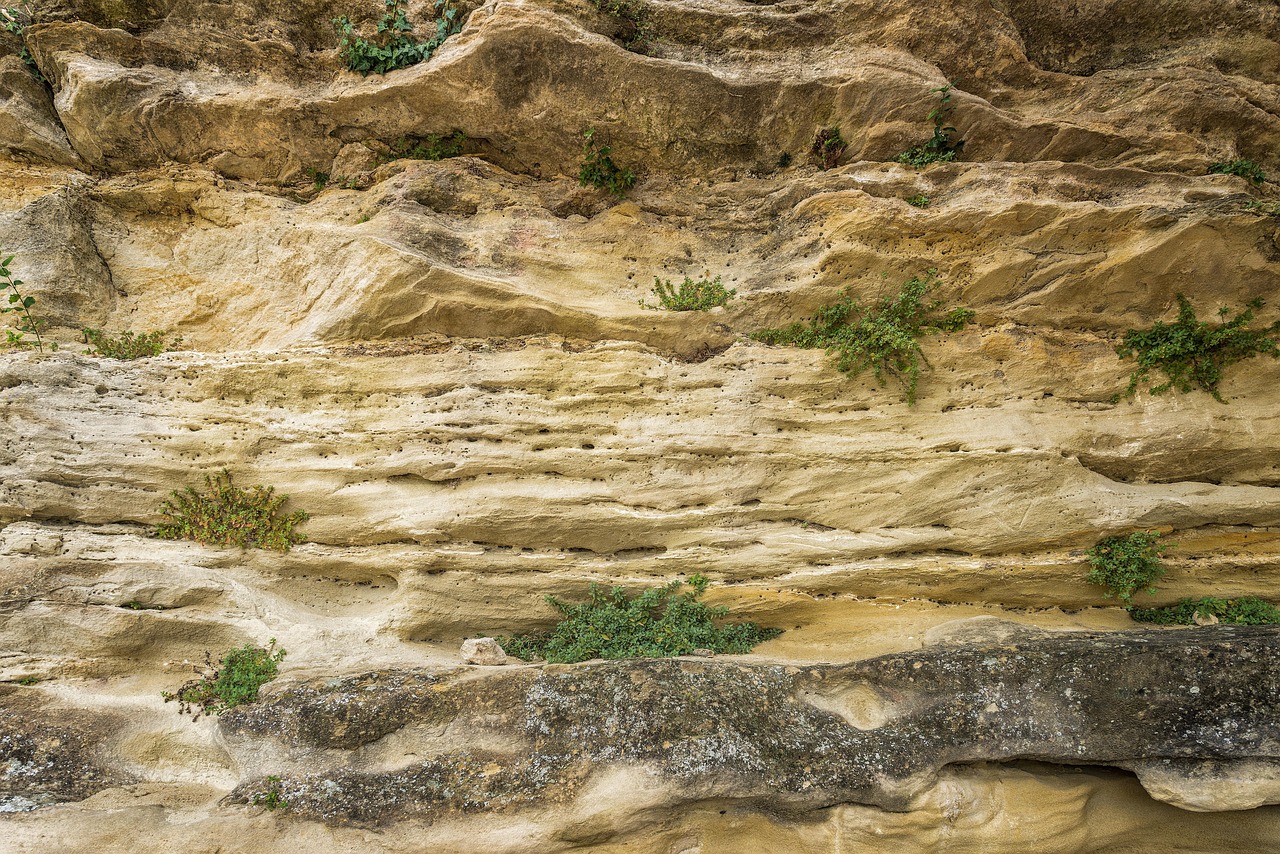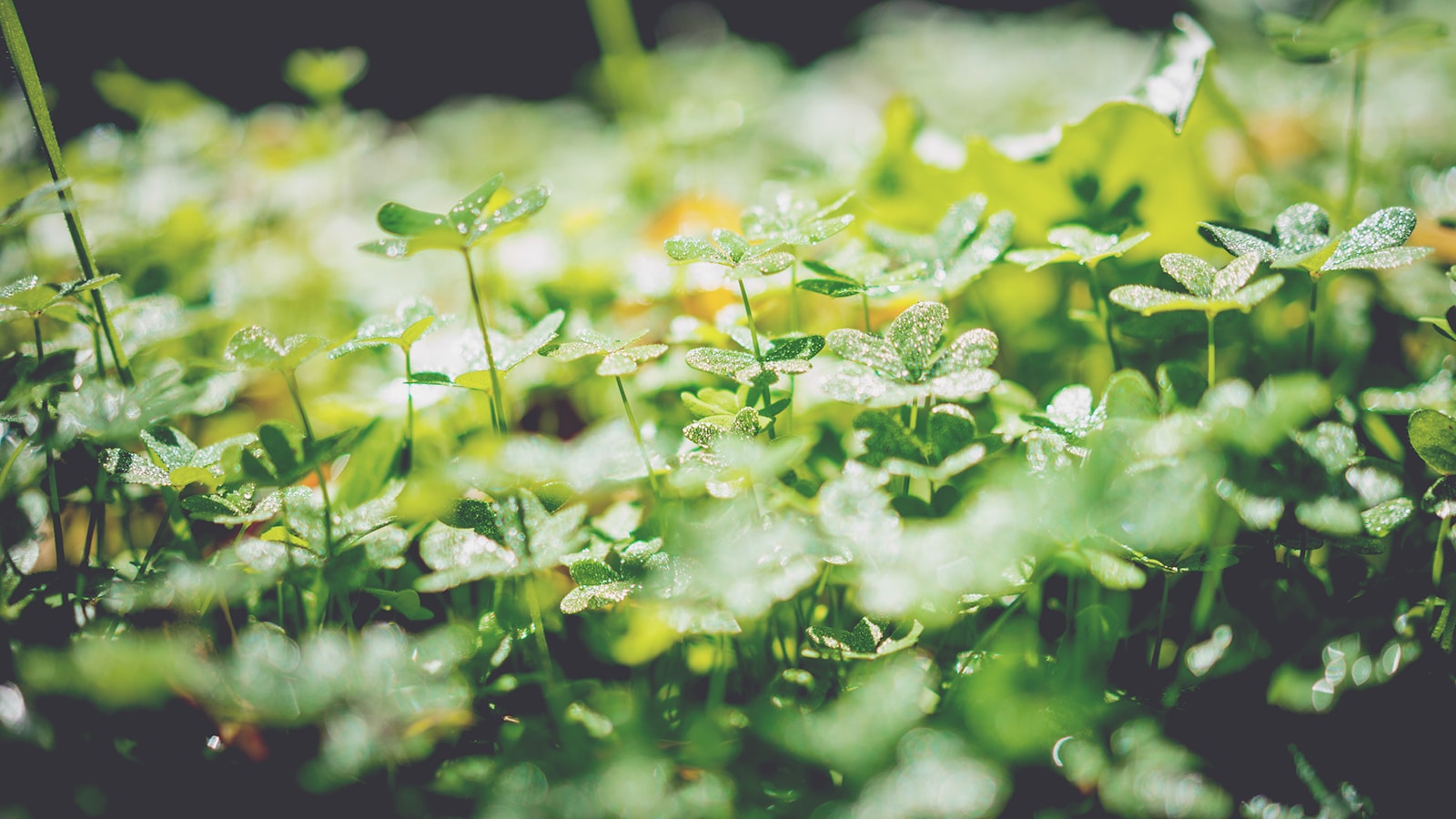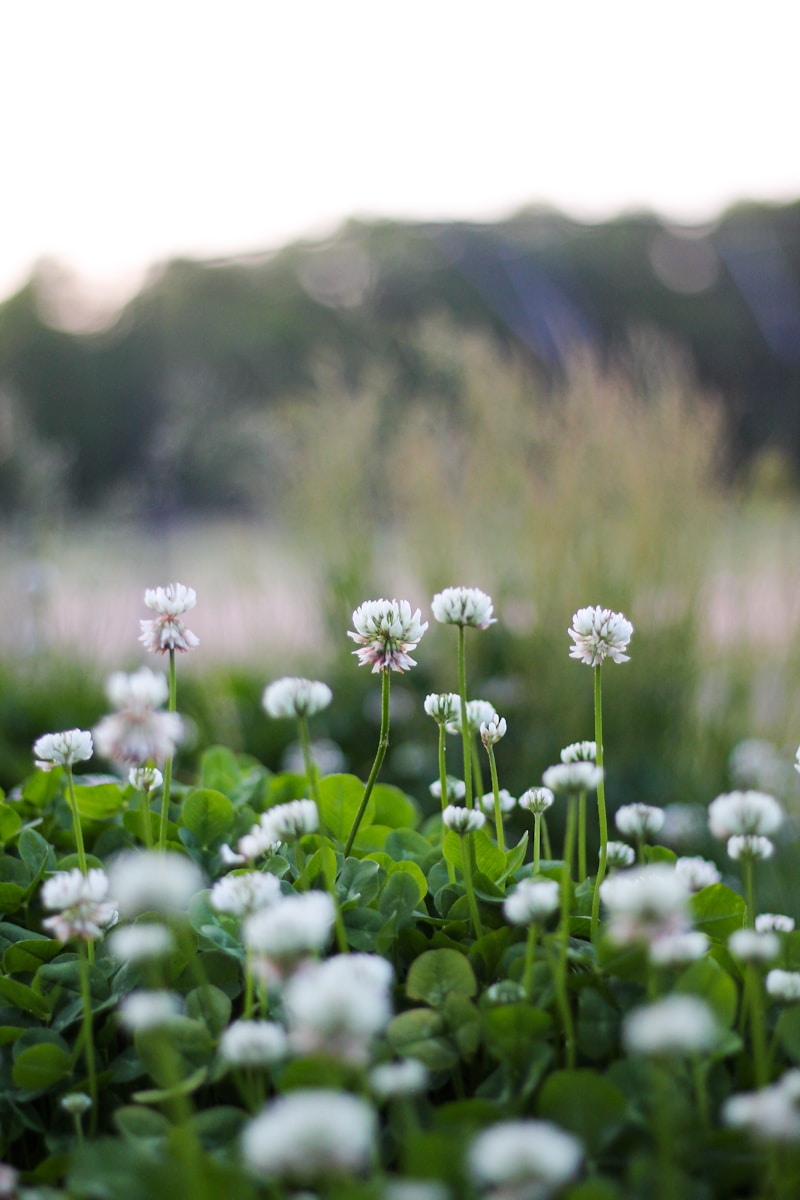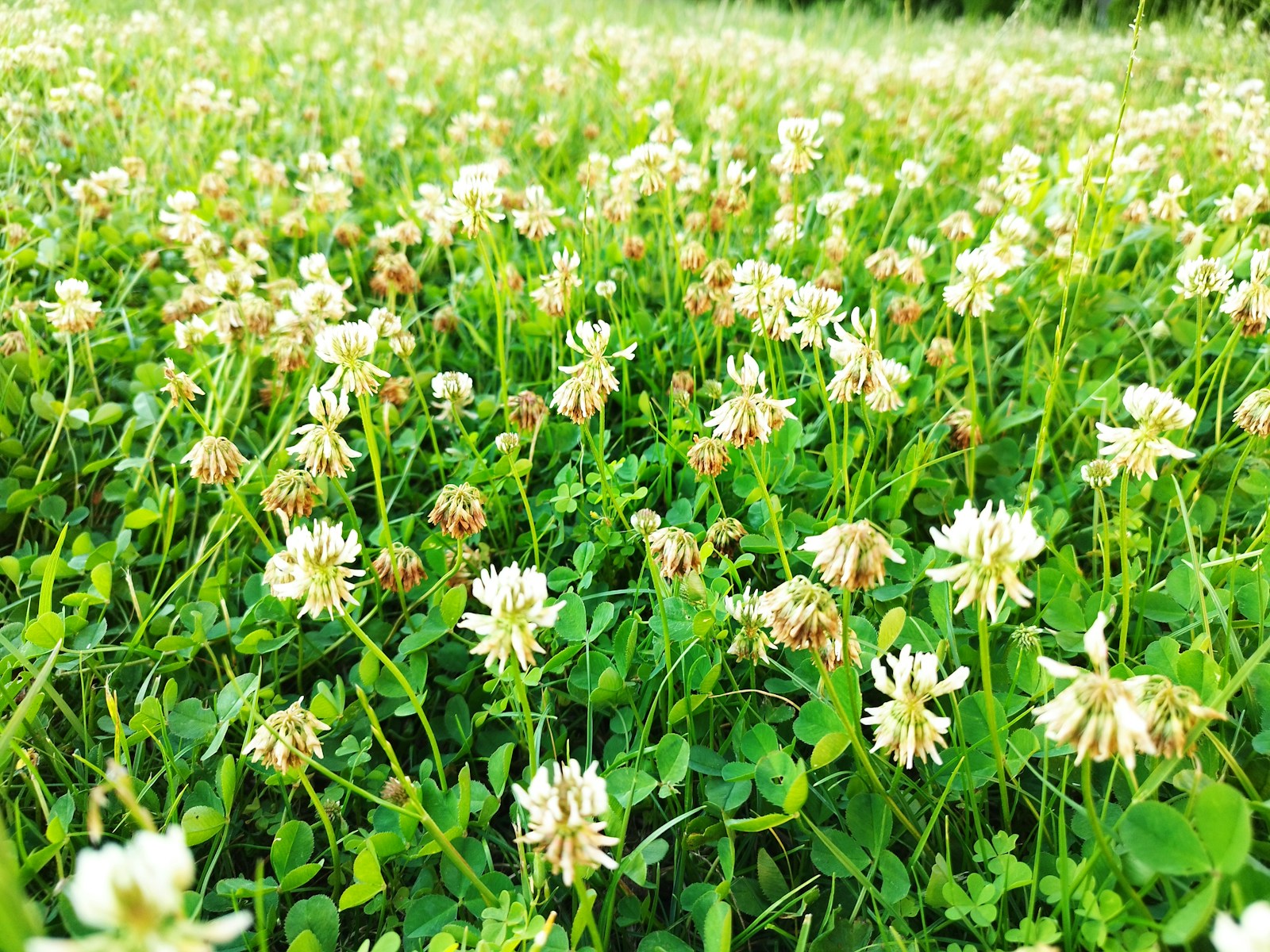Silty soil is a gardener’s dream—fertile, moisture-retentive, and smooth in texture. Found in regions such as the Mississippi River Valley, parts of the Midwest like Ohio and Indiana, and other areas with river basins, silty soil presents unique opportunities and challenges for gardeners and landscapers alike.
What is Silty Soil?
Silty soil consists of fine mineral particles that are smaller than sand but larger than clay. It boasts excellent fertility and moisture retention but can become compacted easily, making aeration and proper management essential.
Characteristics of Silty Soil
- Fertility: Rich in nutrients, ideal for plant growth
- Moisture Retention: Holds water well, reducing the need for frequent irrigation
- Texture: Soft and smooth, often described as “floury” when dry
- Compaction Risk: Can compact under pressure, leading to drainage and root growth issues
Advantages of Growing in Silty Soil
- High Nutrient Availability – Provides essential nutrients that support lush plant growth.
- Good Water Retention – Helps plants thrive with consistent moisture.
- Easier to Work With – Softer than clay and more cohesive than sandy soil.
- Versatile Crop Options – Suitable for vegetables, fruits, and ornamental plants.
Challenges of Silty Soil
- Prone to Erosion: Due to its fine particles, silty soil can wash away in heavy rain.
- Compaction Issues: Can become dense and hard, limiting root penetration.
- Drainage Problems: Excess water retention may lead to root rot in some plant species.
How to Identify Silty Soil
To determine if you have silty soil, conduct a simple test:
- Feel Test: Rub a small amount between your fingers; silty soil feels smooth and soapy.
- Water Test: Mix soil with water; silty soil creates a cloudy, muddy solution.
- Ball Test: Moist soil should easily form a ball but crumble when pressed.
Best Plants for Silty Soil
Silty soil supports a wide variety of plants, including:
- Vegetables: Lettuce, spinach, carrots, and beans
- Fruits: Apples, pears, and cherries
- Flowers: Roses, tulips, and marigolds
- Trees and Shrubs: Willow, birch, and elderberry
Improving Silty Soil for Gardening
Follow these steps to enhance silty soil structure and fertility:
- Add Organic Matter: Compost or well-rotted manure improves texture and aeration.
- Mulching: Helps prevent erosion and retains moisture.
- Aeration: Use tools like garden forks to reduce compaction.
- Crop Rotation: Prevents nutrient depletion and improves soil health.
Step-by-Step Guide to Planting in Silty Soil
- Test the Soil: Conduct a pH and nutrient test to determine needs.
- Prepare the Bed: Loosen the soil and mix in organic matter.
- Choose Suitable Plants: Opt for species that thrive in moisture-retentive conditions.
- Water Wisely: Avoid overwatering to prevent compaction.
- Mulch and Maintain: Apply mulch to regulate temperature and moisture.
Common Mistakes to Avoid
- Overwatering: Leads to waterlogged soil and root rot.
- Ignoring Erosion Control: Use ground cover or mulch to prevent soil loss.
- Over-tilling: Can lead to compaction instead of aeration.
Environmental Considerations and Sustainability
- Erosion Control Strategies: Plant cover crops and use mulch to protect soil.
- Water Conservation: Efficient irrigation methods help retain soil structure.
- Soil Health Monitoring: Regular testing ensures sustainable fertility.
Case Study: Gardening Success in Ohio
Jane, a home gardener in Ohio, transformed her silty soil backyard into a thriving vegetable garden. By incorporating compost, mulching, and rotating crops, she achieved impressive yields of tomatoes, lettuce, and carrots while preventing soil erosion.
Final Thoughts
Silty soil offers incredible growing potential with the right management strategies. By understanding its characteristics and implementing best practices, you can create a lush, productive garden in regions like the Mississippi River Valley or the Midwest.



